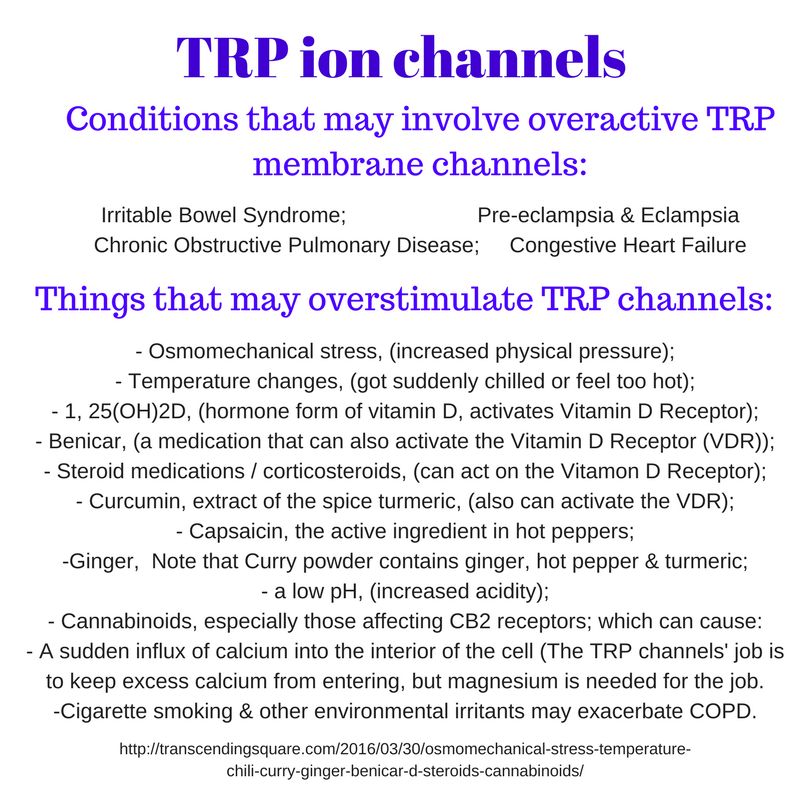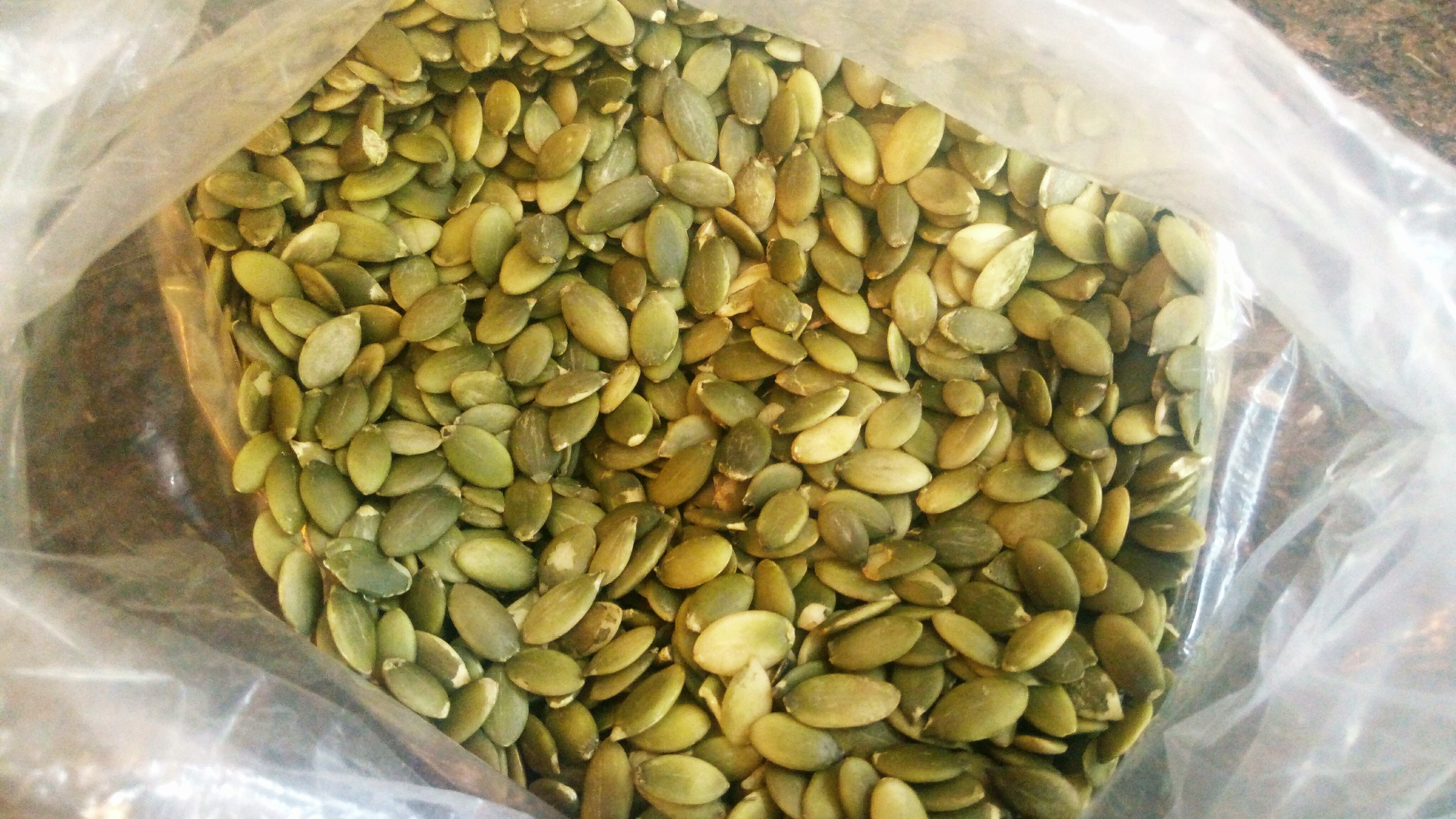On page 66 of a new book Plagues and the Paradox of Progress: Why the World is Getting Healthier in Worrisome Ways, by Thomas Bollyky, it is mentioned that early Western medical personal working in Africa in the 1920s were surprised to find no cases of hypertension/high blood pressure among the native African people. Only one native woman was known to be overweight and it was noted that she worked in a brewery which led the medical person in the document to speculate whether beer drinking could be fattening (yes it can). The first case of hypertension in a native African person wasn’t noted until the 1940s.
Question: Does the Western style of living or working or export of Western products cause hypertension in native Africans? If native Africans living in their traditional environment using their traditional diet have no risk for hypertension then what changed that caused an increased risk? This topic is also important for prenatal health as preeclampsia can include hypertension/high blood pressure and it does tend to be an increased risk for women with African American ancestry. The DASH diet may be helpful, for more on preeclampsia risk factors and possible tips for prevention or management, see Preeclampsia & TRP Channels, effectivecare.info.
Dr. Agbai’s discovery that helps protect against symptoms of Sickle Cell Anemia – Thiocyanate.
Yes per Dr Agbai who has worked with patients in Africa and in the U.S., the standard diets are different. There is a difference in type of starch and amount of starch in typical African or Jamaican diet and western U.S. style diet, and there is a difference in amounts of foods that contain thiocyanate. The yams commonly grown in Africa are larger and woodier/less sweet than sweet potatoes and they are also a good source of thiocyanate.
Thiocyanate is a phytonutrient that helps protect against Sickle cell anemia by preventing the red blood cells from forming the sickle shape instead of the normal round indented shape (like a tire or doughnut shape that has a filled in shallower center). It is important to eat adequate iodine and protein rich foods that contain methionine (found more in animal product protein sources than in a vegan diet) in order to protect thyroid health.
Listen to interviews with Dr. Agbai by the radio show Your Own Health and Fitness: http://www.yourownhealthandfitness.org/?page_id=509
Agbai O. Anti-sickling effect of dietary thiocyanate in prophylactic control of sickle cell anemia. J Natl Med Assoc. 1986;78(11):1053-6. https://www.ncbi.nlm.nih.gov/pmc/articles/PMC2571427/
There may be a slight difference in retention of calcium and loss of magnesium that would be protective with a diet low in calcium might may increase risk of metabolic syndrome type conditions when excess calcium.
I’ve discussed this topic of potential differences between western style diet and traditional African culture and possible differences in health in my early days of blogging when I found a research article from ~ 1970s that noted ethnic differences in health outcomes but did not take into account possible differences in average ethnic diet at the time. (I haven’t found that article in my files yet. I will update this post if I do find it.) To get to the point directly – people with native African ancestry may have kidney differences that conserve calcium better, and possibly not conserve as much magnesium, as other ethnic groups. This would be protective when calcium was not very available in the diet but then would be an increased negative health risk if the diet contained a lot of calcium or phosphorus.
There is known problems in medical research in the U.S. with bias in research studies towards use of white males as study participants with less information gathered about minority groups and females.
Before discussing calcium and magnesium and kidney health in more detail – briefly – there is bias in medical research towards white males. Research studies over the years have often had more limited numbers of minorities and females among the experimental and control groups or as a focus of research. A summary of the issue was included in a recent article in the New York Times that is focused on the potential benefits and risk of bias in the use of Artificial Intelligence (AI) in medical diagnostic processes or other medical roles.
” Medicine has long struggled to include enough women and minorities in research, despite knowing they have different risk factors for and manifestations of disease. Many genetic studies suffer from a dearth of black patients, leading to erroneous conclusions. Women often experience different symptoms when having a heart attack, causing delays in treatment. Perhaps the most widely used cardiovascular risk score, developed using data from mostly white patients, can be less precise for minorities. ” – Dhruv Khullar
“A.I. Could Worsen Health Disparities,” by Dhruv Khullar, The New York Times, Opinion, Jan. 31, 2019
It is not racist or sexist to discuss differences in physiology and the potential effects those differences might have on health. It is discriminatory to only study one group of people primarily and then try to treat everyone else as if they weren’t individuals but were all instead exactly like the group that had been studied. It is discrimination to not treat individuals as individuals or to pretend that differences don’t exist.
Adequate magnesium is needed for preventing high blood pressure, cardiovascular disease, and many other chronic conditions including dementia.
Low magnesium levels, particularly when there is also plenty of phosphorus may increase cardiovascular risks. Adequate magnesium levels are protective and elevated magnesium is unusual and may be increase cardiovascular risks. In good health the body maintains magnesium and other electrolyte levels within specific ranges. (5) Higher magnesium levels have also been associated with higher levels of potassium and of albumin, a blood plasma protein, (6), which is important for fluid balance and transport of a variety of chemicals in addition to magnesium (such as steroids, fatty acids, and thyroid hormones (wikipedia/serum albumin), about 30% of serum magnesium is carried in a non-electrically active form on proteins, primarily albumin (Clinical Biochemistry/serum magnesium) (9).
Alzheimer’s dementia and other types of dementia are more common in blacks than whites in the U.S. and may be a risk earlier in life too, early onset Alzheimer’s can occur in the forties and fifties instead of the more frequent age of diagnosis after age 60. See: African Americans Face Greater Risk of Alzheimer’s Disease than Whites, usatoday.. The reason is not known but the increased frequency on high blood pressure in blacks is thought to be a risk factor.
There may be differences in rate of urinary loss of albumin in different ethnic groups. With the presence of excess abdominal weight participants in a renal study of Hindustani-Surinamese, or African-Surinamese ancestry had an increased likelihood of albuminuria than participants of Dutch ancestry with the greatest risk found in the Hindustani-Surinamese group. (7) Asian Americans and African Americans were found to have better blood albumin levels in a renal study and the Asian Americans had better renal biomarkers compared to other ethnic groups in the study. (8)
When looking at hypertension and high blood pressure risk with the same diet in modern research there is a significant increased risk for African Americans to have high blood pressure and to have it occur earlier in life than in whites. (prevalence in the U.S. of hypertension in adults was “42 % for blacks and 28 % for whites,” (2011-2012)). (2)
So it is a good question – how did hypertension frequency in Africans in the 1920s change from zero to 42% for African Americans in the United States, in 2011-2012? Diet differences that were noted in 2009-2010 between white groups and African American groups were more cholesterol and sugar and less fiber, whole grains, nuts/beans/seeds, fruits and vegetables for the African Americans on average. Dairy intake was not mentioned as being significantly difference. In another research comparison calcium intake was lower on average in African Americans but so was magnesium (Table 1). (2)
Within the introduction and Diet and Blood Pressure sections of the article it is mentioned that ethnic differences in cardiovascular metabolism has been noted in African American groups and that their reduction in blood pressure when following the DASH diet was even better than the reduction in people of other ethnic background who followed the diet (it includes a magnesium rich Beans/Nuts/Seeds group as a daily/weekly recommendation). The INTERMAP study found an increased Sodium to Potassium ratio in urinary excretion and less total Potassium urinary excretion for the African American participants than white participants. (2)
Other research has also supported the idea that high blood pressure may have more to do with excess sodium (salt) intake in relation to low potassium intake than just having to do with the amount of sodium in the diet. Potassium is found in all vegetables and fruits in varying amounts, beans/nuts/seeds, and in liquid milk and yogurt. (Kidney dialysis and other patients with Chronic Kidney Disease have to avoid excess potassium so this article includes a list of potassium rich foods for the purpose of educating regarding what needs to be limited but for people of average kidney health it is a list of good sources to include in the diet: Potassium and Your CKD Diet, National Kidney Foundation.
Learning is an ongoing process, in the meantime some possible health tips for people of any ancestry:
- Adequate magnesium is essential for kidney and heart health and high blood pressure is an early symptom of low magnesium levels. Dietary sources may not be sufficient if intestinal absorption is poor or if renal losses are excessive. Epsom salt baths or footsoaks or magnesium chloride are topical forms. Adequate protein and phospholipids in the diet are also important to provide the albumin and other specialized transport molecules that carry magnesium and other chemicals within the vascular or other fluids of body tissue. More information about magnesium sources and symptoms of deficiency are available in a previous post: To have optimal Magnesium needs Protein and Phospholipids too.
- Adequate calcium and vitamin D are needed for health however excess may cause an imbalance between calcium and magnesium levels as magnesium is excreted along with excess calcium by the kidneys and less magnesium may be absorbed by the intestines as vitamin D causes increased absorption of calcium and magnesium but calcium may be more available in a modern processed food diet. For more information about vitamin D sources see: Light up your life with Vitamin D, peace-is-happy.org. Deficiency of calcium or of vitamin D can cause secondary hyperparathyroidism which can also be more common in renal failure due to excess phosphorus buildup and deficiency of active vitamin D. The healthy kidney is involved in activating vitamin D. (Secondary hyperparathyroidism, National Kidney Foundation) Calcium is plentiful in most dairy products and is also found in almonds, sesame seeds, beans, dark green leafy vegetables and other produce. Variations of a 2000 calorie menu plan shows that even a vegan diet can provide 1000 milligrams of calcium per day and a menu with dairy products can provide an excess with over 1600 milligrams of calcium, see: Healthy Hair is the Proof-of a healing diet.
- The DASH diet (Dietary Approach to Stop Hypertension) may help because it encourages potassium and magnesium rich vegetables, fruits, beans, nuts and seeds. Calcium is provided without being over recommended with two to three servings of dairy group foods. See example daily/weekly diet plan recommendations here: What is the DASH diet?, dashdiet.org.
- Adequate without excess protein helps protect the kidneys from having to overwork excreting nitrogen from excess protein breakdown. Adequate water is essential for kidney and vascular health as it helps with excretion of toxins and transport of nutrients and oxygen in the vascular system. More information about protein and water recommendations are available in a previous post: Make every day Kidney Appreciation Day.
/Disclaimer: This information is provided for educational purposes within the guidelines of fair use. While I am a Registered Dietitian this information is not intended to provide individual health guidance. Please see a health professional for individual health care purposes./
- Thomas Bollyky, Plagues and the Paradox of Progress: Why the World is Getting Healthier in Worrisome Ways, 2018, MIT Press, https://mitpress.mit.edu/books/plagues-and-paradox-progress
- Chan Q, Stamler J, Elliott P. Dietary factors and higher blood pressure in African-Americans. Curr Hypertens Rep. 2015;17(2):10. https://www.ncbi.nlm.nih.gov/pmc/articles/PMC4315875/“Marked ethnic differences exist in bone metabolism and development of calcified atherosclerotic plaque (CP). Relative to European-Americans, African-Americans have lower rates of osteoporosis (despite ingesting less dietary calcium), form fewer calcium-containing kidney stones and manifest skeletal resistance to PTH (1,2,3). Systemic differences in regulation of calcium and phosphorus appear to be involved (4). Related phenomena may include the markedly lower amounts of calcified CP in African-Americans, despite the presence of more severe conventional cardiovascular disease risk factors (5,6,7,8,9). Together these observations suggest biologically mediated ethnic differences in the regulation of bone and vascular health.” […] “The DASH/DASH-Na diet BP reduction was more pronounced for blacks compared to whites [31, 36, 37]. Although the DASH dietary approach has been incorporated into lifestyle changes recommended for patients with HTN [3], data show that few hypertensive Americans consume diets even modestly concordant with the DASH diet and less so for blacks [38]. Only about 19 % of individuals with known HTN from NHANES 1999–2004 had DASH-concordant diets.”
- Barry I. Freedman, et al, Vitamin D, Adiposity, and Calcified Atherosclerotic Plaque in African-Americans,J Clin Endocrinol Metab. 2010 March; 95(3): 1076–1083. [ncbi.nlm.nih.gov/pmc/articles/PMC2841532/?tool=pubmed]
- Potassium and Your CKD Diet, National Kidney Foundation, https://www.kidney.org/atoz/content/potassium
- Ryota Ikee, Cardiovascular disease, mortality, and magnesium in chronic kidney disease: growing interest in magnesium-related interventions, Renal Replacement Therapy, 2018 4:1, https://rrtjournal.biomedcentral.com/articles/10.1186/s41100-017-0142-7
- Noriaki Kurita, Tadao Akizawa, Masafumi Fukagawa, Yoshihiro Onishi, Kiyoshi Kurokawa, Shunichi Fukuhara; Contribution of dysregulated serum magnesium to mortality in hemodialysis patients with secondary hyperparathyroidism: a 3-year cohort study, Clinical Kidney Journal, Volume 8, Issue 6, 1 December 2015, Pages 744–752, https://doi.org/10.1093/ckj/sfv097
- van Valkengoed IG, Agyemang C, Krediet RT, Stronks K. Ethnic differences in the association between waist-to-height ratio and albumin-creatinine ratio: the observational SUNSET study. BMC Nephrol. 2012;13:26. Published 2012 May 7. doi:10.1186/1471-2369-13-26. https://www.ncbi.nlm.nih.gov/pmc/articles/PMC3492102/
- Frankenfield DL, et al., Differences in intermediate outcomes for Asian and non-Asian adult hemodialysis patients in the United States, Kidney International, Vol 64, Issue 2, Aug. 2003, pp 623-631 https://www.sciencedirect.com/science/article/pii/S0085253815493706
- M H Kroll, R J Elin, Relationships between magnesium and protein concentrations in serum. Clinical Chemistry Feb 1985, 31 (2) 244-246; http://clinchem.aaccjnls.org/content/31/2/244.long





